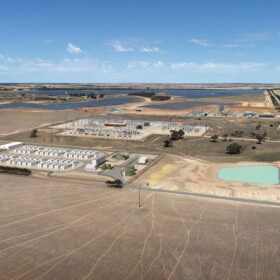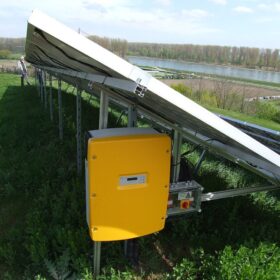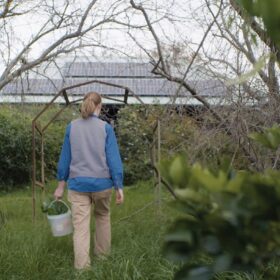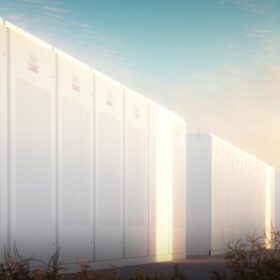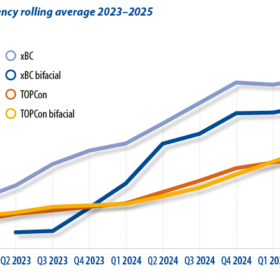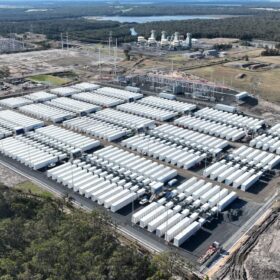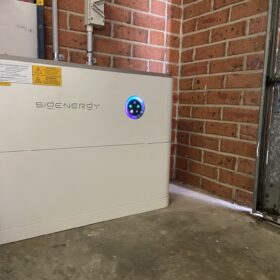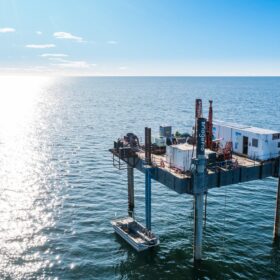Construction begins on big battery in WA Wheatbelt
The Western Australian government has announced that construction has begun on a large-scale battery energy storage system that is to help strengthen and stabilise one of the world’s most isolated grids.
Sinovoltaics releases latest PV inverter manufacturer ranking
The quality assurance firm updated its inverter manufacturer financial stability ranking with APSystems (Yuneng Technology), Sinexcel, and Eaton in the top three spots.
Regions call for clarity on risks and opportunities of renewables shift
A new report that examines how rural and regional communities can secure a fair deal for their role in Australia’s renewable energy transition suggests that state and federal governments have been “building the plane while flying it.”
Engie strikes ‘Australian first’ virtual battery deal with AGL
French-owned energy group Engie’s Australian division has added a new “virtual battery” agreement to its portfolio, signing a deal with AGL that will allow for the buying and selling of stored energy without a link to any particular physical asset.
Non-stop solar innovation despite module oversupply
It’s no secret that prices throughout the solar supply chain have been at rock bottom over the past 18 months. Alex Barrows and Molly Morgan of CRU Group explore how the market reached the imbalance that caused PV prices to crash, what this has meant for innovation, and how it might affect future technology transitions.
REC rolls out ‘full-black’ panel for residential applications
Solar module manufacturer REC has announced that a “truly full black” version of its Alpha Pure-RX residential solar panel will be available in Australia and New Zealand later this month.
Ark Energy plans to add 2000 MWh battery storage to wind farm
The eight-hour battery energy storage system would add 250 MW / 2,000 MWh storage, one of the world’s largest batteries, to a 335 MW wind farm.
Waratah Super Battery starts operations as ‘shock absorber’
The Waratah Super Battery has commenced working as a giant “shock absorber” for the electricity grid with New South Wales transmission network operator Transgrid enabling what it says is the largest monitoring and control system of its kind in the country.
Watchdog warning as solar and battery installs surge
Solar and battery installers, retailers and suppliers have been put on notice by the consumer watchdog as new data shows Australians are investing in solar and home batteries at an unprecedented rate, bolstered by federal and state government incentives.
Marinus Link undersea cable lands environmental approval
The Marinus Link undersea electricity connector between Tasmania and Victoria has secured federal environmental approval a day after state and Commonwealth governments announced a positive final investment decision for the 750 MW first stage of the project.
